Projects Funded in 2011-2012
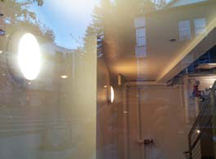
Bi-level Stairwell Lighting Retrofit
Allocated Funds: $68,365
Purpose: The Alliance to Save Energy Green Campus Program student interns, Erin Linney and Daniel Glatman, will work directly with the UCSC Physical Plant as well as Housing to retrofit the stairwells at College 9 and 10. The current circline and T8 fixtures will be replaced with bi-level occupancy sensor fixtures. The new lighting will decrease the amount of energy the lamps consume through the use of an occupancy sensor that will dim the light. The team hopes this project will be a catalyst for future retrofit projects on other dorms on campus.
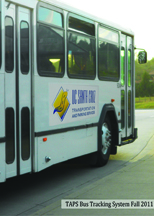
UCSC Bus Tracking System 2.0
Allocated Funds: $9,900
Purpose: TAPS in collaboration with students and faculty of the School of Engineering will work to install a bus tracking system in on campus buses. Via the web or smartphone, Bus Tracking System (BTS 2.0) will provide campus transit riders the ability to track Campus Day and Night shuttles, identified by their route, in real-time as they move around campus. With this information, individuals can determine when the next shuttle will arrive; information that can help one decide whether to wait for the next shuttle, possibly freeing up valuable SCMTD bus space for commuters, or to simply start walking, reducing a transit trip altogether.
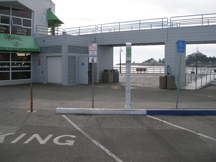
Santa Cruz Municipal Wharf Electric Vehicle Charging Station
Allocated Funds: $15,400
Purpose: IDEASS interns, UCSC faculty and staff, Cabrillo and Hartnell Community College student interns, and staff from the City of Santa Cruz will collaborate closely to install a plug-in electric vehicle charging station on the Santa Cruz Municipal Wharf. The objective of this project is to draw residents and visitors that own electric vehicles to the Wharf by making charging accessible and convenient. Plug in electric vehicle owners will be able to charge their electric vehicles while exploring the marine environment and business offerings.
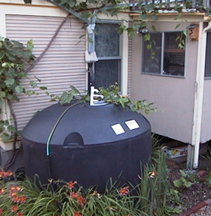
Rain Harvesting to Offset Production of City Water
Allocated Funds: $2,205
Purpose: IDEASS intern Kyle Davis will be working to install rain harvesting systems at home in the Santa Cruz area. By harvesting and storing rainwater on-site, households who volunteer can help reduce emissions from pumping, cleaning, and distributing water. In turn this water will be used to irrigate gardens and flush toilets while reducing their water bill. The Rain Harvesting Project will increase awareness of California's water issues and sustainable living developments, while decreasing carbon emissions, local stream and beach pollution, and chemical use at Santa Cruz County's water districts.

Campus Sustainability Video
Allocated Funds: $10,061
Purpose: The Campus Sustainability Video (CSV) will work to create a unified university ethic around campus sustainability goals. CSV will not only address the “how to” of campus sustainability, but most importantly why. After the viewing the video students will be asked to pledge to do at least one new environmental activity to help UCSC with its greenhouse gas reduction goals.

NBGS Solar Tube Installation
Allocated Funds: $3,270.08
Purpose: IDEASS students will install solar tubes to use as a tool for sustainable education at Natural Bridges Green School. Project leaders are currently completing the permitting requirements including the Santa Cruz Facilities Modification form. This informs the property owners of the school (in this case, the city of Santa Cruz) about the scope of the project. Once approved and inspection is complete, installation of the solar tubes will begin, anticipated to begin summer 2012.
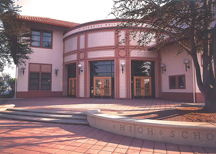
Watsonville High School Relamping
Allocated Funds: $23,900
Purpose: Ben Oberhand's Senior Project to replace 90 year old light fixtures with cost-effective occupancy sensor bulbs while saving Watsonville High School money in times of budget cuts. He wants to retrofit the 12 lights in the old gym with Highbay T8 fluorescents (112-watts, including ballast) with integrated occupancy sensors, and the 58 lights in various rooms with Highbay T8 fluorescents (192-watts, including ballast) also with integrated occupancy sensors. These integrated occupancy sensors would reduce the usage hours from an estimated 2000 hours to 1300 based on how often the old gym was being used. By making these changes, the project at WHS would save an estimated 122,369 kWh of electricity per year, $31,876.16 /year saved (based on $0.23/kWh). The school has already faced numerous budget cuts, just like the UC system. Potentially saving that much money and energy would be considered a huge success for WHS.
